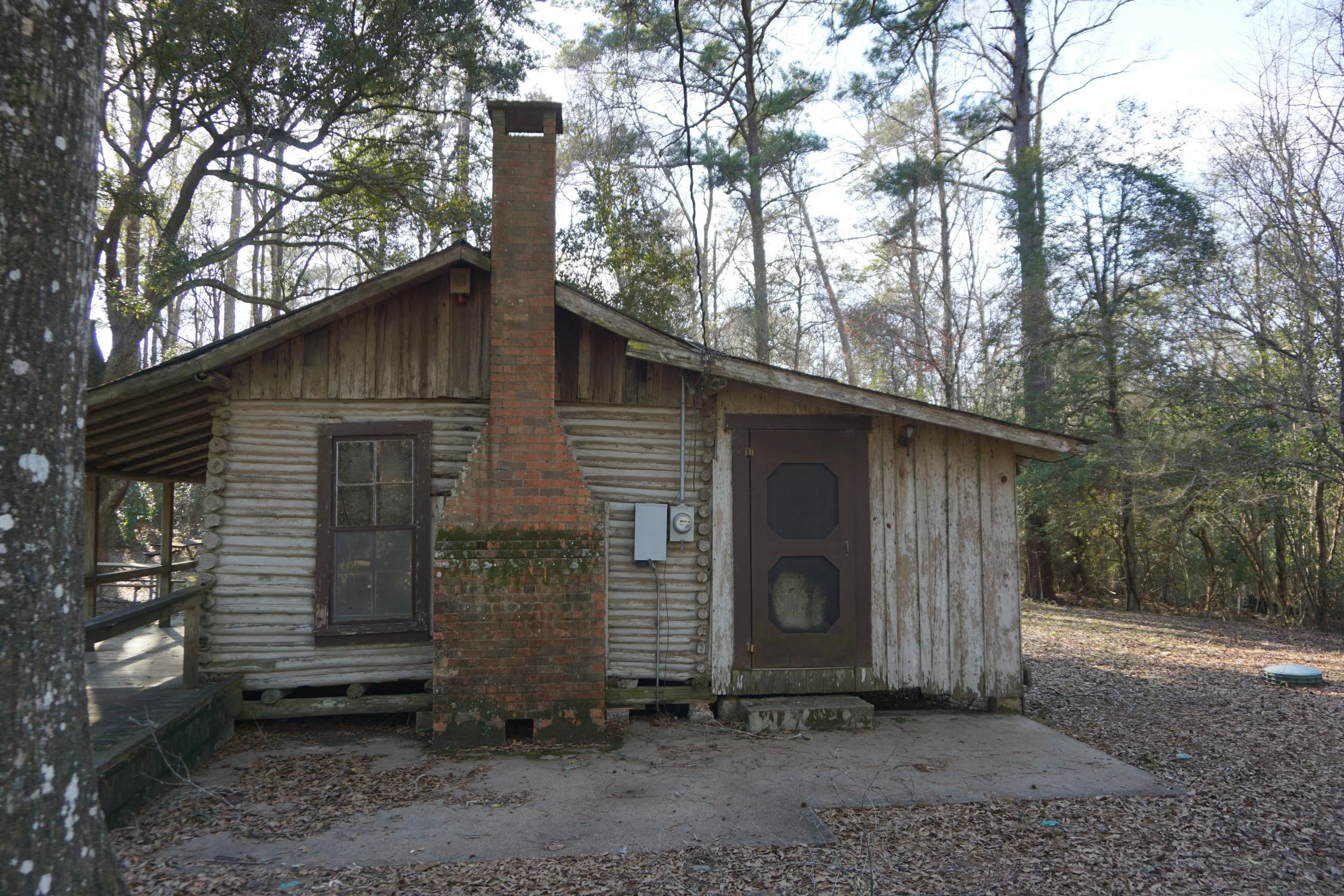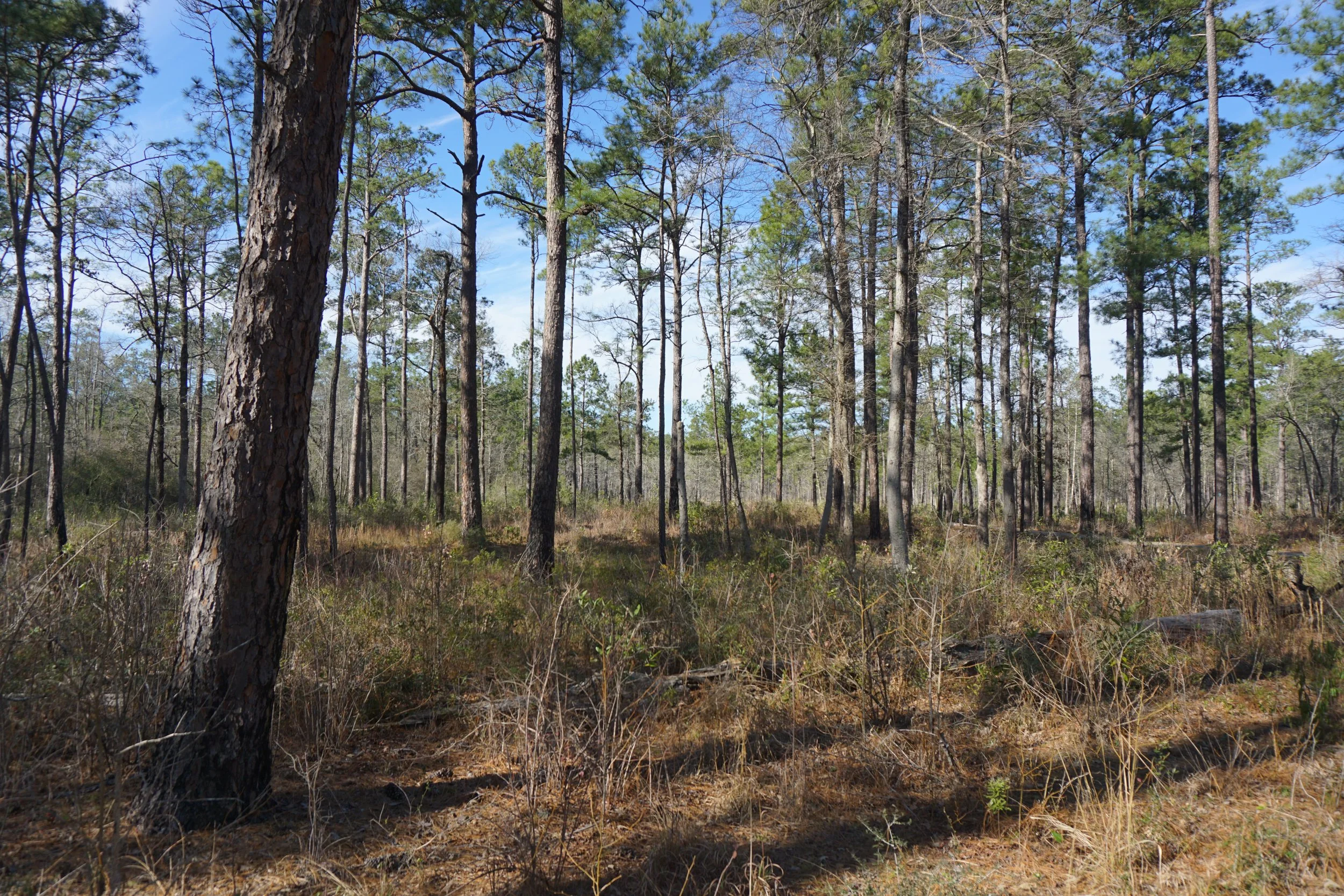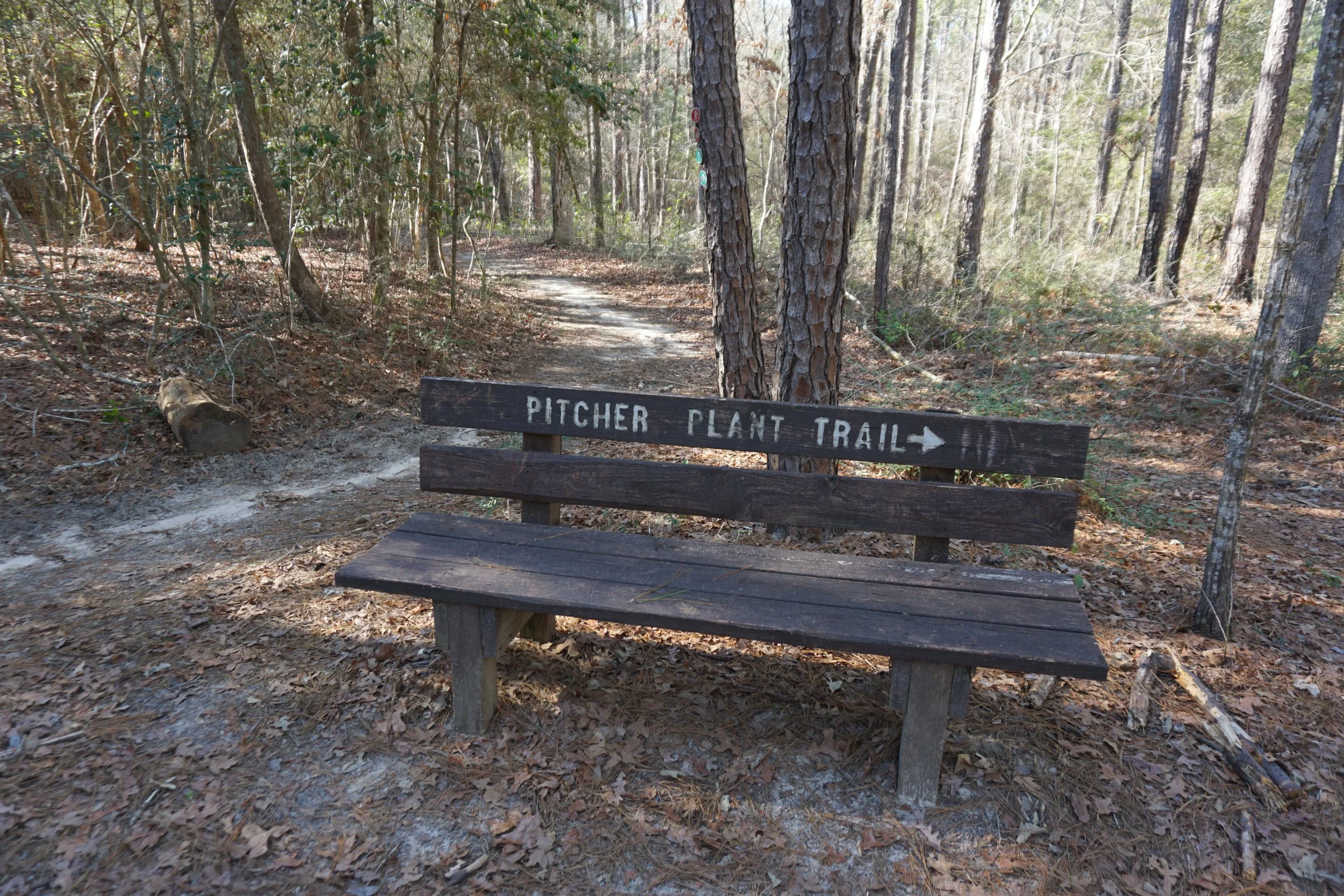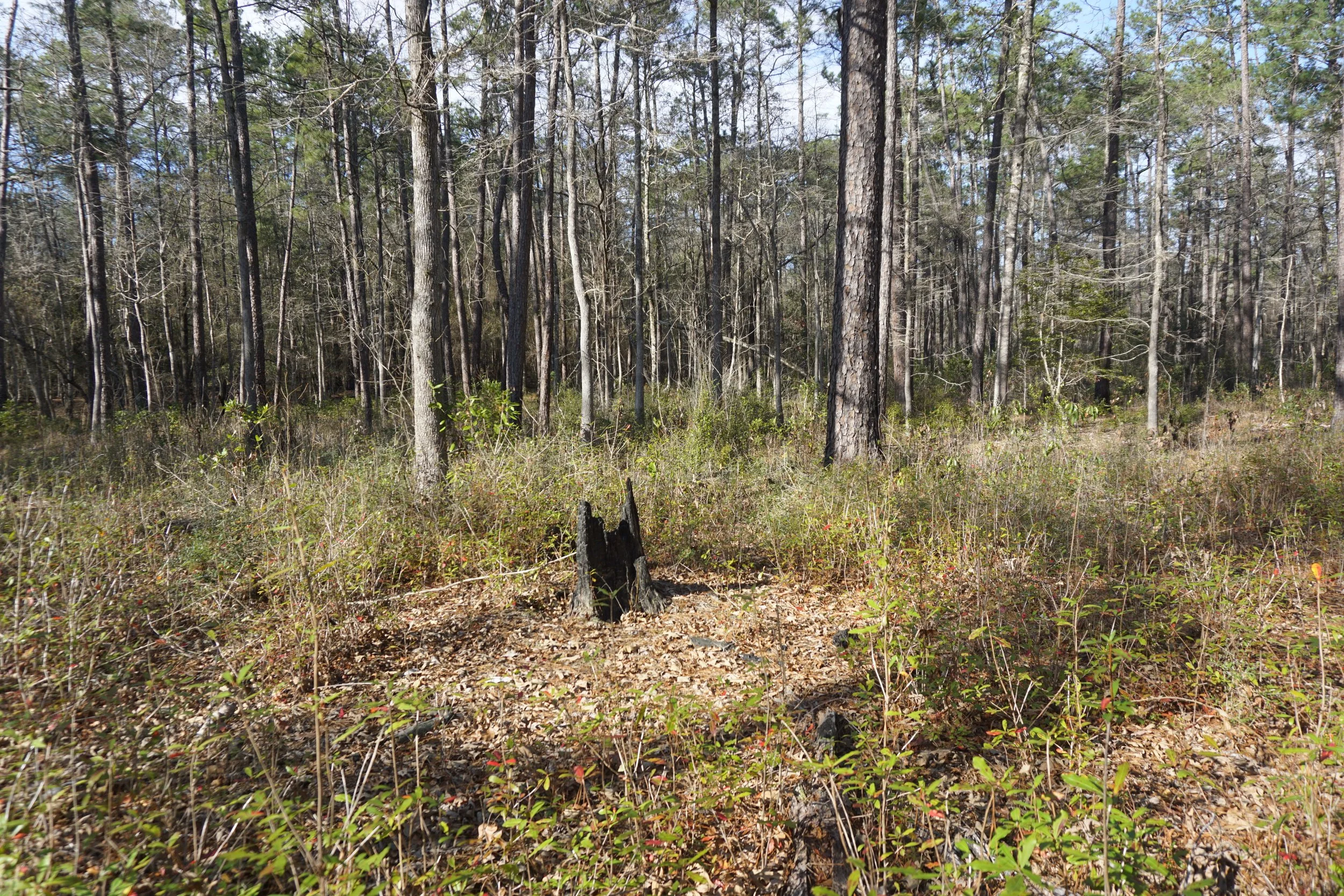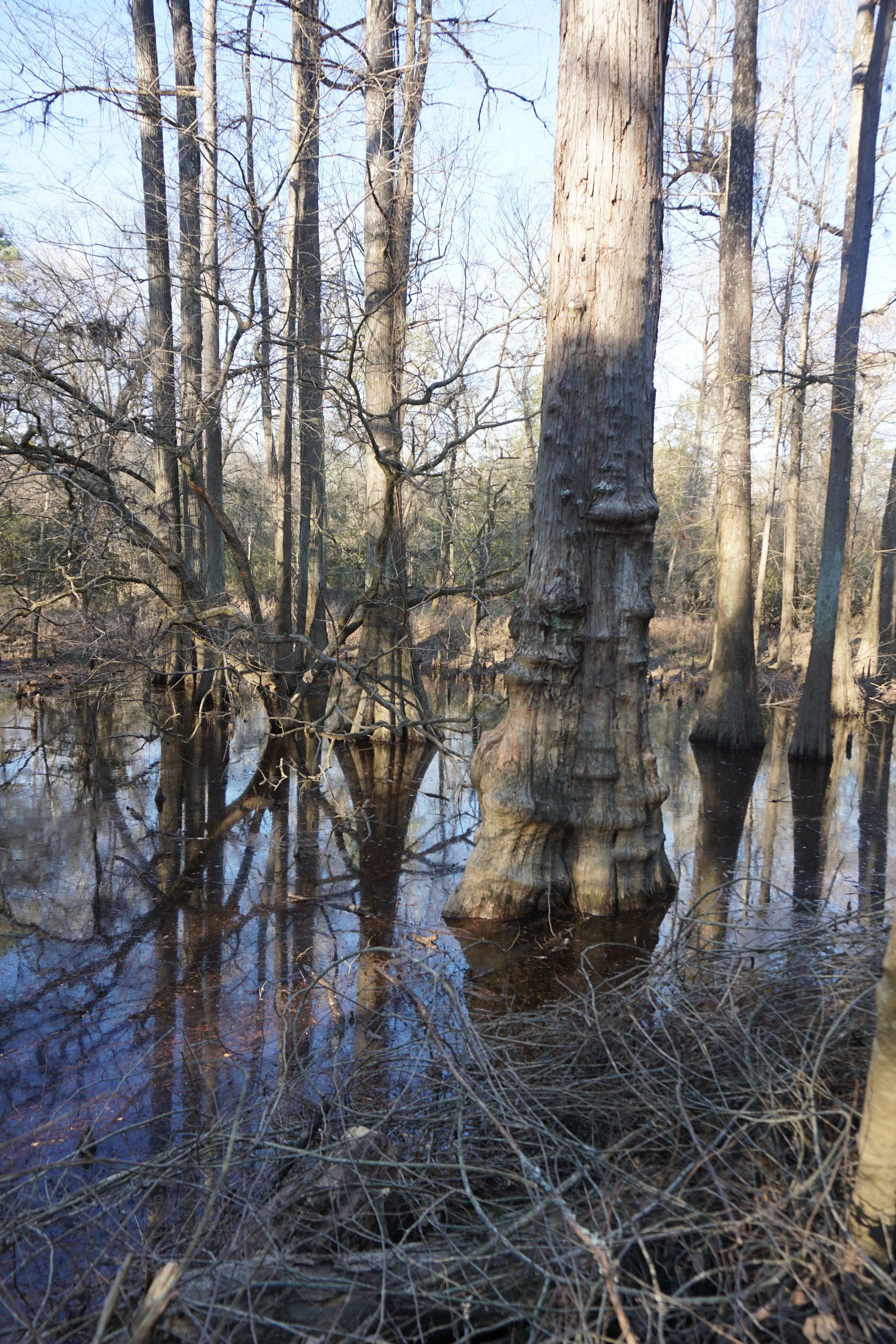Texas. An “Ark” of Biodiversity in the Piney Woods of Southeast Texas
Located in eastern Texas, Big Thicket became a unit of the National Park System in 1974 but not as a park, monument, or recreation area. Nicknamed the “biological crossroads of America,” Big Thicket was the first of an entirely new type of unit called a national reserve. So, what are national reserves and how do they differ from national parks? National reserves have resources similar to that of national parks but permit some resource extractive activities such as hunting, mining, and drilling. There are presently twenty-one national preserves in the U.S., some operating as independent units (such as Big Thicket) and others jointly managed with a national park or monument including Alaska’s Denali National Park and Preserve. Positioned 120 kilometers northeast of Houston, the 458 square kilometer Big Thicket National Preserve is a short drive from Beaumont, Texas. Some cities and towns within its boundaries are Kountze on U.S. Highway 69 and Woodville, located at the intersection of U.S. Highway 69 and U.S. Highway 190.
Big Thicket is located within a region of pine-hardwood forests of the southeastern U.S. known as the “Piney Woods.” Geologically, the area has been likened to a shallow plate that leans in one direction with sedimentary rock associated with ice ages, sea level rise, and erosion. The area has a large diversity of soils for its size and elevations that range from one meter near the confluence of the Sabine and Neches Rivers to 110 meters above sea level in the north. The preserve has a subtropical climate. It is referred to as a thicket because the woods are dense with an abundance of plant growth. The preserve as more than 500 species of vertebrate animals including at-risk species such as the timber rattlesnake and the red-cockaded woodpecker. There are also migratory birds that pause on their journeys along the Mississippi and Central Flyways. The park has 160 species of scrubs and trees including shortleaf, longleaf, and loblolly pine and 1,000 types of flowering plants. Four of five types of carnivorous plants found in the U.S. can be seen in the preserve: the sundew, bladderwort, butterwort, and pitcher plant. Only the Venus fly trap isn’t found there (it is endemic to North and South Carolina). Carnivorous plants adapt to their environment by supplementing their nutrition through the consumption of insects. For example, the preserve’s Pale Pitcher plant captures insects by attracting them to an opening with nectar. After entering a tube, the insects find a waxy surface and downward facing hairs that prevent escape. Sliding to the bottom, they drown in fluid and are decomposed by enzymes.
A convergence of ecosystems, the park contains hardwood forests, swamps, pine and cypress forests, and meadows. Major communities include pine upland, wetland savanna, and arid sandy lands. There are also floodplain communities, Palmetto hardwood flats, bottomlands, and baygall-shrub thickets. Biologists have noted that it is rare to have so many species coexisting in one place. Units that make up Big Thicket National Preserve include six water corridors and nine terrestrial areas. In part because of its biodiversity, the preserve has been described as “The American Ark.”
Native American groups made Big Thicket their home including the Alabama-Coushatta during the 1780s. Europeans were slow to inhabit the area including the French and Spanish who declined to establish permanent settlements. Likewise, travelers avoided the area because of mobility challenges. The area’s thick vegetation made it an ideal place for Civil war draft dodgers to hide. Logging reduced the density of the forest during the late 19th and early 20th centuries.
A national park was first proposed to protect southern Texas’ Big Thicket area in the 1930s with former railroad conductor R.E. Jackson among proponents for protecting the thickly forested area. In the early 1960s, Texas Governor Price Daniel toured the area along with prominent environmentalists. Although the experience convinced him that Big Thicket should be protected, the area was not large and untouched like existing national parks. In lieu of creating a single large unit, the preserve was proposed as several small parcels (aka a “string of pearls”) that were less altered by farming, logging, or other development. Today the preserve receives about 300,000 visitors each year including 2,000 backcountry campers who can see the area by boat or its 64-kilometer trail system.
Hoping to see pitcher plants, we parked at the Turkey Creek Unit and hiked the 1.3-kilometer Pitcher Plant and 1.6-kilometer Longleaf Pine Trails. The trails begin near the Stanley Cabin. Jimmy Stanley constructed the three-bedroom cabin in 1934 for his family of six and Stanley’s wife planted oak trees nearby and tended a vegetable garden and orchard. Stanley sold the cabin in 1962. After the preserve was established, the cabin was used as a visitor center until 2001. Walking along a boardwalk trail we paused to snap a photograph for a “citizen science” program aimed at documenting change in the health and composition of vegetation. A sign instructed visitors to place their cell phone in a plastic mount attached to a handrail and take a photograph. A QR code provided instructions for sending the photo to researchers. Unfortunately, during our late January hike we were out of season to see pitcher plants that reach their peak in late spring and early summer. By winter the plants become dry and wither.

